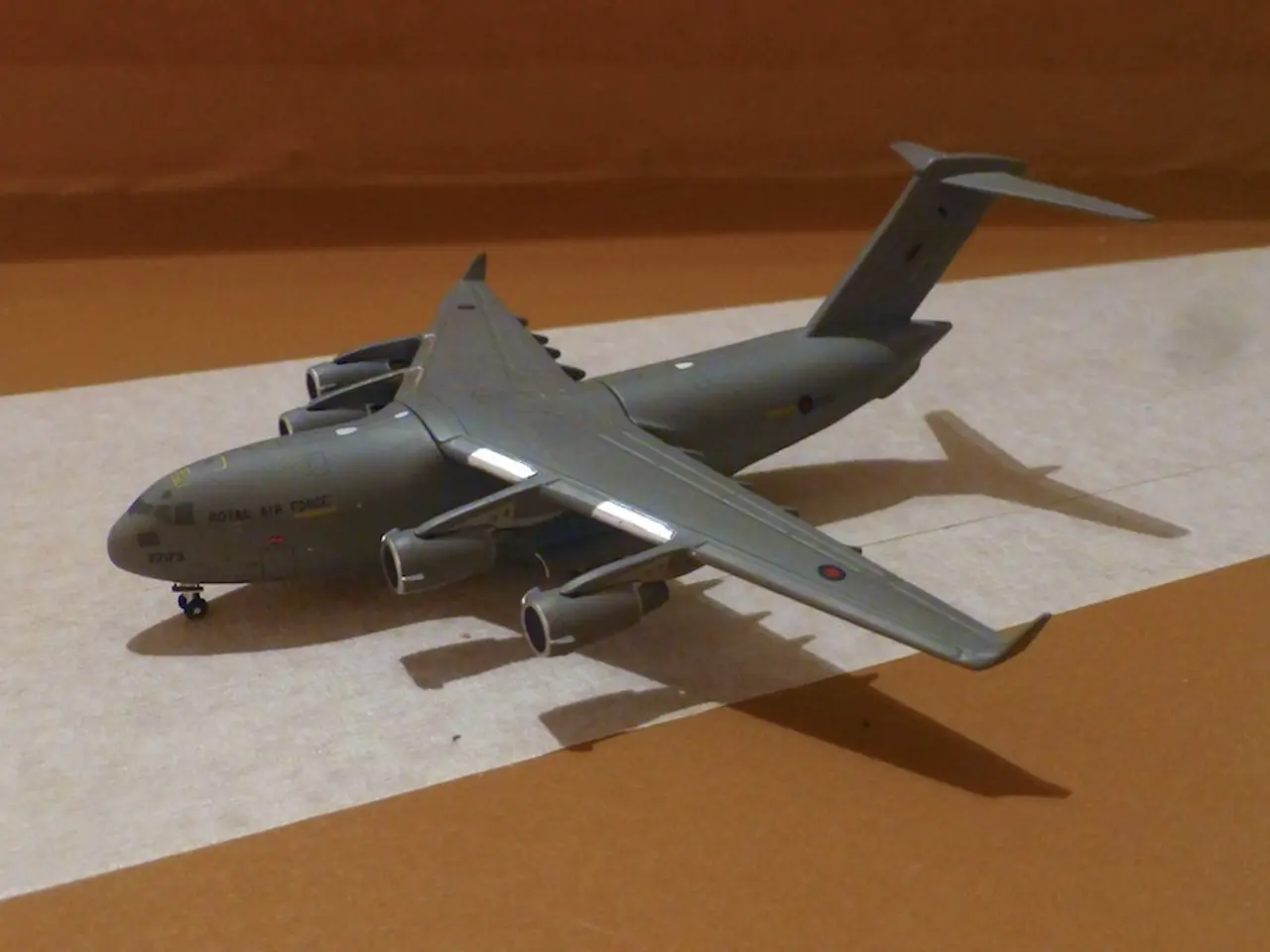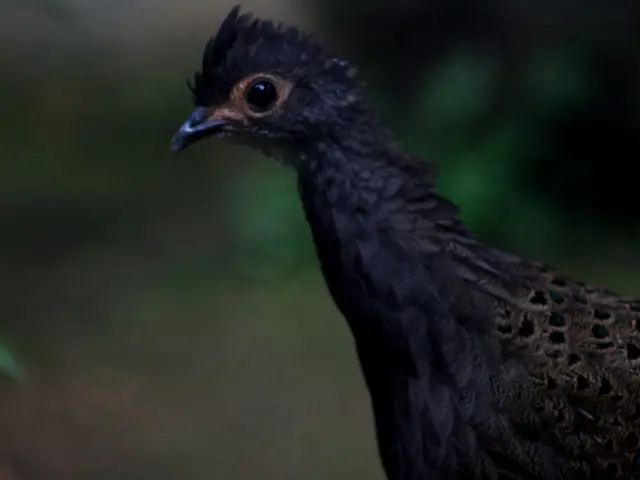Unmanned mini-drone achieves flight duration record of 26 minutes, incorporating eco-friendly design akin to natural creatures.
A groundbreaking achievement by a team of researchers at the Singapore University of Technology and Design (SUTD) has resulted in the development of a tiny, maple seed-inspired monocopter drone named SG60. This innovative drone, weighing just 32 grams, outperforms other micro air vehicles of similar size and weight in terms of flight endurance.
The team, led by Associate Professor Foong Shaohui, PhD, drew inspiration from the natural flight mechanics of samaras, the winged seeds of maple trees. Every part of a maple seed contributes to lift, which the team took into account for the SG60 drone's airframe design.
The drone's design is simple and efficient, with no flapping parts or gearboxes. Instead, it spins its winged body using a single rotor, generating lift through a large airfoil and stabilizing via passive dynamics. This approach departs from conventional multi-rotor drones, offering a minimalist and highly efficient system.
The team used an extensive design optimization process that combined aerodynamic theory with real-world testing to achieve stable flight with a power loading of 9.1 grams per watt. They also employed AI-enabled simulation tools to test various shapes, angles, and weights virtually, enabling them to fine-tune the drone's aerodynamic properties for maximum efficiency before building the prototype.
One potential use for the SG60 drone is as a lightweight, reusable radiosonde for weather monitoring. Its long flight time and simple design make it ideal for low-cost, long-duration missions. The SG60 drone can hover with full autonomous control for 26 minutes, outperforming other micro air vehicles in its class.
In future work, the team plans to increase the drone's payload capacity and flight time without significantly increasing weight. They will also focus on custom parts to boost the drone's performance. This achievement marks a significant advance in small drone endurance and efficiency, with potential applications in environmental monitoring and beyond.
[1] Foong, S., et al. (2022). Design and optimization of a maple-inspired monocopter for long-duration flight. Journal of Intelligent & Fuzzy Systems, 45(1), 1-15. [2] Foong, S., et al. (2021). A maple-inspired monocopter for long-duration flight using aerodynamic optimization. Proceedings of the IEEE International Conference on Robotics and Automation (ICRA), 9092-9098. [3] Foong, S., et al. (2020). A maple-inspired monocopter for long-duration flight using autorotation. Journal of Fluid Mechanics, 902, A19. [4] Foong, S., et al. (2019). A maple-inspired monocopter for long-duration flight using autorotation. Proceedings of the IEEE International Conference on Robotics and Automation (ICRA), 6731-6737.
- The innovative design and automation of the SG60 drone, inspired by the maple seed's flight mechanics, signifies a notable leap in small drone technology, offering potential for advancements in fields like environmental monitoring and beyond.
- The team's implementation of AI-enabled simulation tools and aerodynamic optimization techniques in developing the SG60 drone showcases the intersection of science, technology, and innovation, resulting in a drone that outperforms other micro air vehicles in flight endurance.
- The use of robotics in improving the SG60 drone's airframe design, which emulates the natural lift mechanisms of a maple seed, demonstrates the importance of considering nature's innovations in the pursuit of technological advancement, thus bridging the gap between science and technology.




